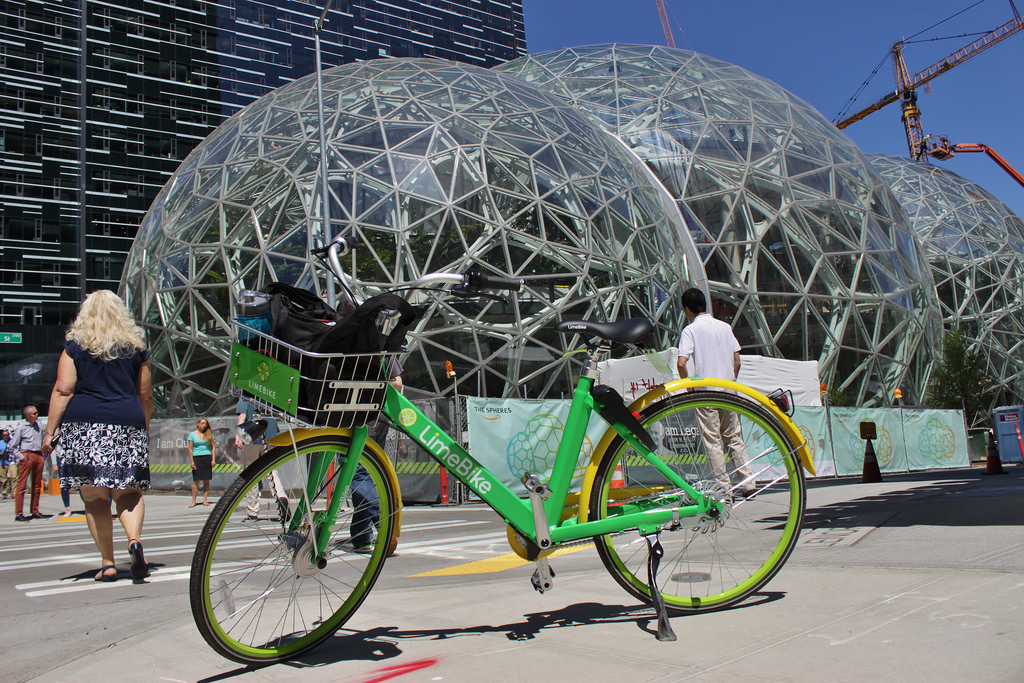Did you know the average person unknowingly eats eight spiders in their sleep every year? If your answer is yes, then you will probably want to read the rest of this article because that is, fortunately, fake news.
Nevertheless, spotting a fabricated story can be difficult, especially given the worrying amount of unverified information that flashes before our eyes everytime we open our social media news feed.
Thinking About It…
However, there is hope. A recent study out of VU Amsterdam and here in the Midwest at the University of Illinois indicates that a tendency for analytical thinking can provide consistent protection against conspiratorial thinking and other irrational beliefs, although this was only when accompanied by a belief in the value of critical thinking.
This attempt to identify how a person interprets potentially fake or fabricated information provides a novel approach to tackle the issue.
Many citizens and politicians are understandably angry at the impact that fake news has had on recent political decisions and human behavior around the world. Social media giants like Facebook and Twitter have been very delayed at responding to this novel threat, and are still struggling to find a solution.
Yet, in light of this new research, we can train citizens to be more critical and analytical of the information in front of them, placing power back into the hands of citizens.
In the future, we can only hope that AI technology will be smart enough to identify fake news and stop it before it spreads. However, until then, teaching social media users to be more analytical might be our best hope. Consequently, authorities around the world have advocated the introduction of classes to encourage more critical thinking in schools.
Preparing Future Generations
Andreas Schleicher, the education director of Organisation for Economic Co-operation and Development, a global organization that compares how different countries’ school systems are readying their young people for modern life, advocates that schools should teach young people about how to identify fake news.
In doing so, not only will future generation be more prepared, but it can also help to counter the constant threat of children and young adults being indoctrinated into terrorist organizations like ISIS.
“In the past, when you needed information, you went to an encyclopedia… and you could trust that the information would be true,” says Mr Schleicher to the BBC.
Adding, “Exposing fake news, being aware that there is something like fake news, that there is something that is not necessarily true, that you have to question, think critically – that’s a very important task.”
Here in the states, a recent study from Stanford indicated that students absorb media constantly, but often lack the critical thinking skills needed to distinguish fake news stories from the real thing. This has elevated the need for teachers to employee novel methods to help students identify fake news. Their creativity is admirable and has promising potential as this NPR article demonstrates.
Realistically, fighting these “keyboard armies” looks as if we are primed to lose, at least until AI has the omniscient ability to identify and stop fake news from its conception. Until then we must teach society how to identify fake news through critical think.
In many ways this might be the best route as it will allow citizens to be more aware of all lies, not just on their news feeds but also those coming from the mouths of politicians, or even on the side of a bus. Ultimately leading to a more intelligent and more critical electorate.










